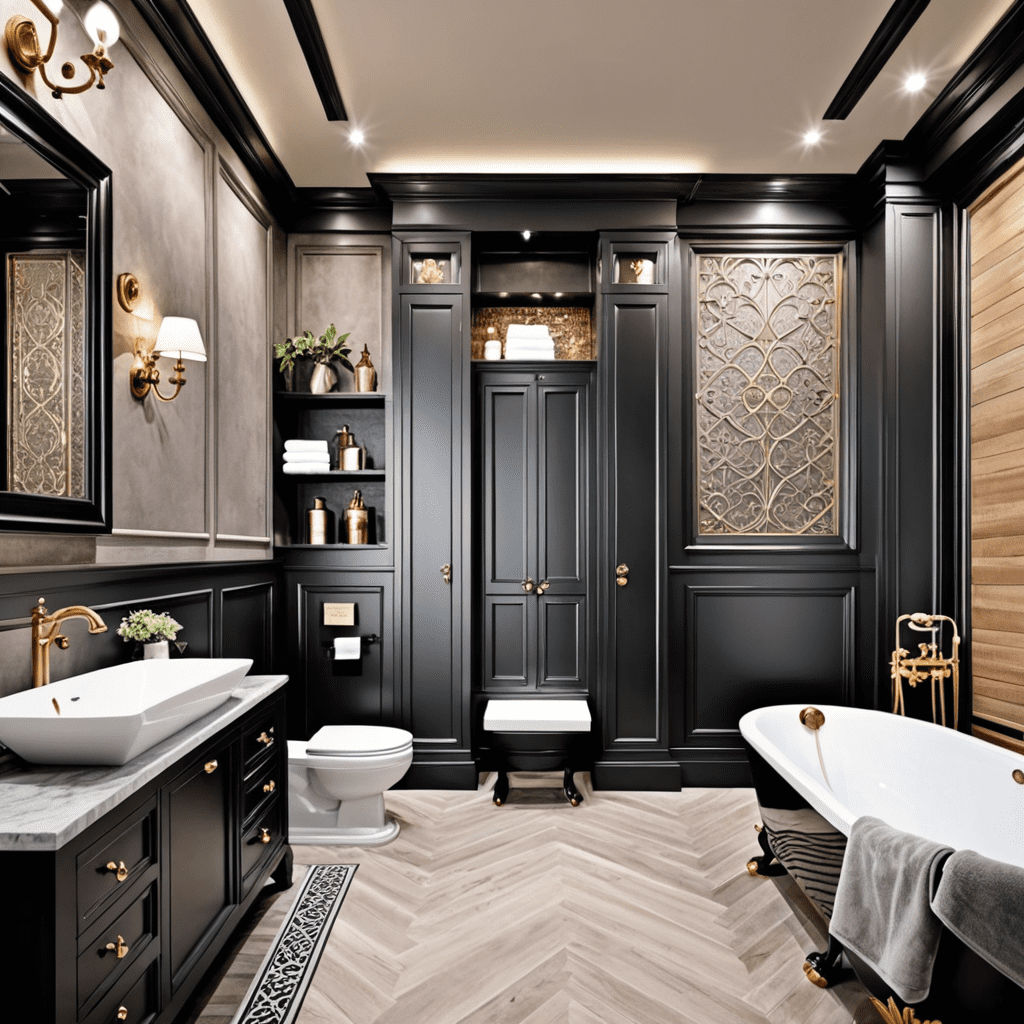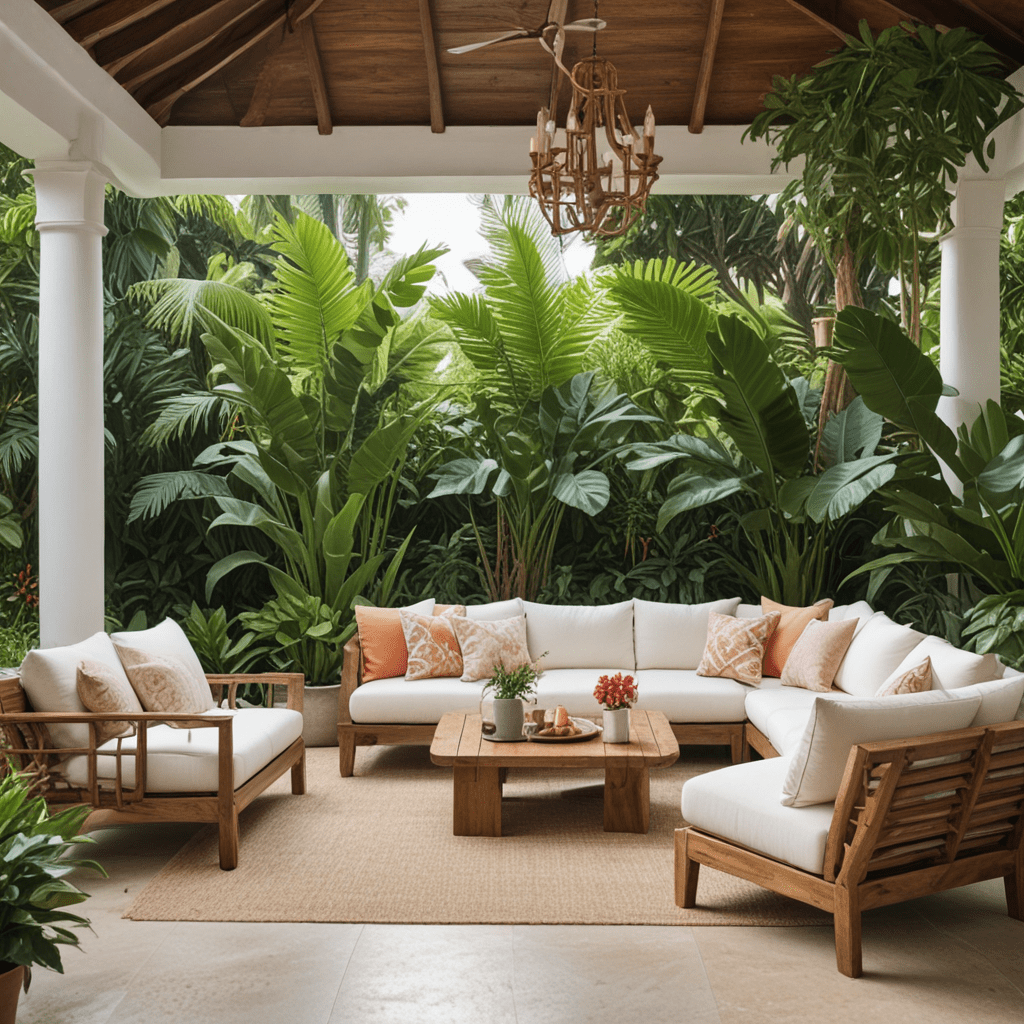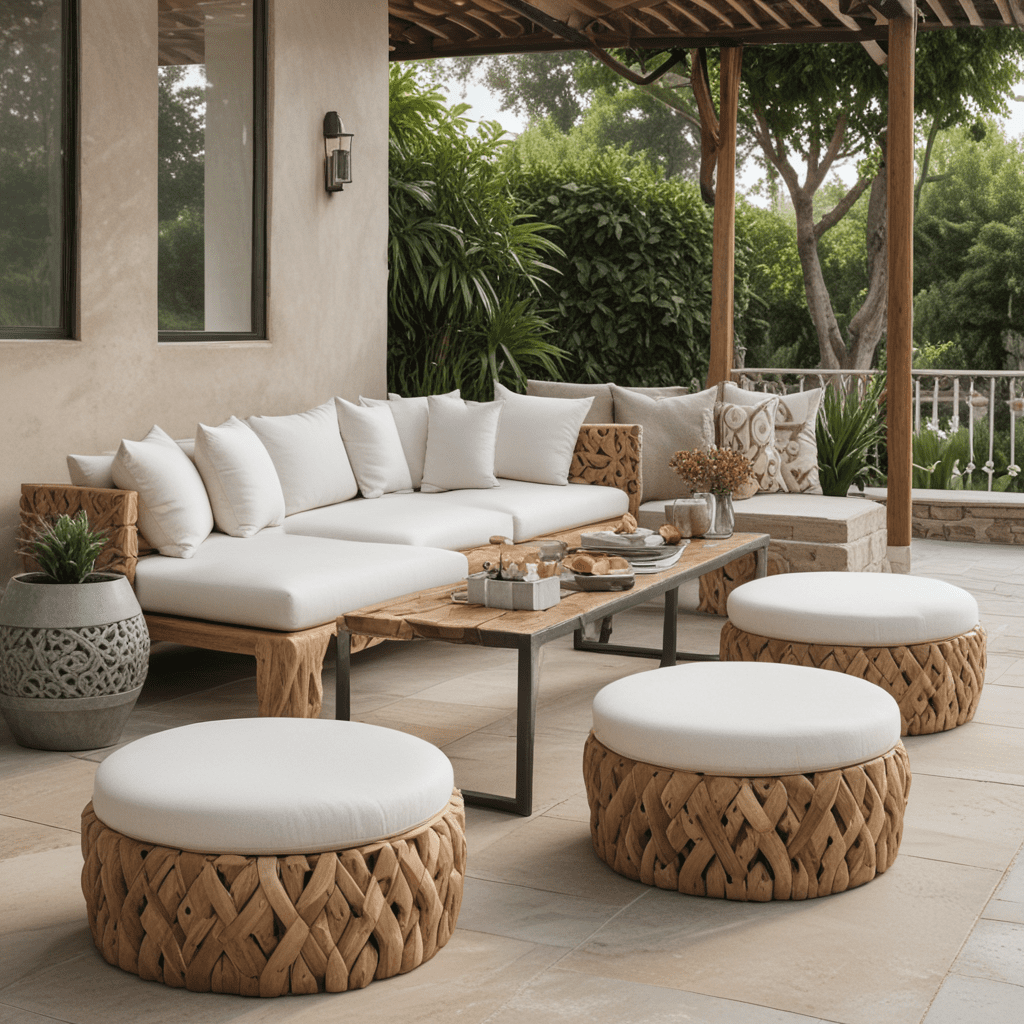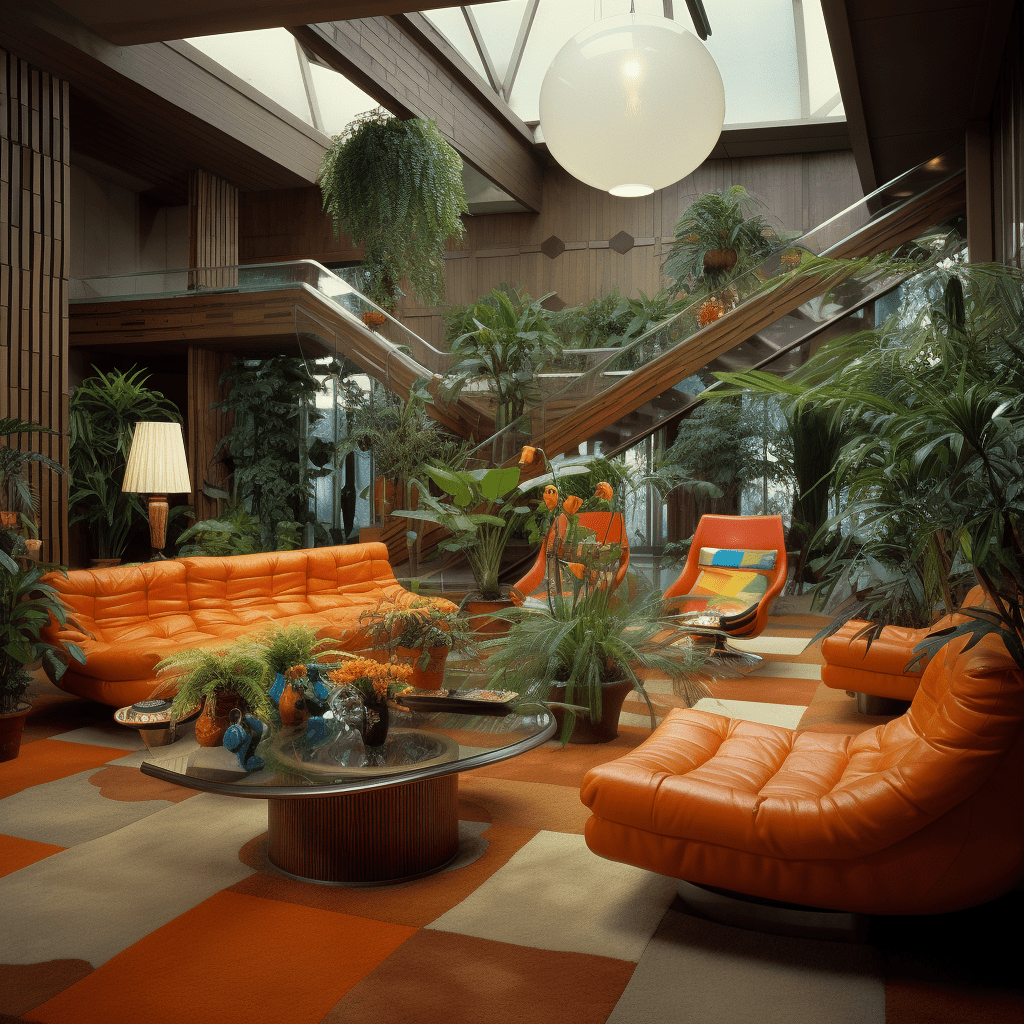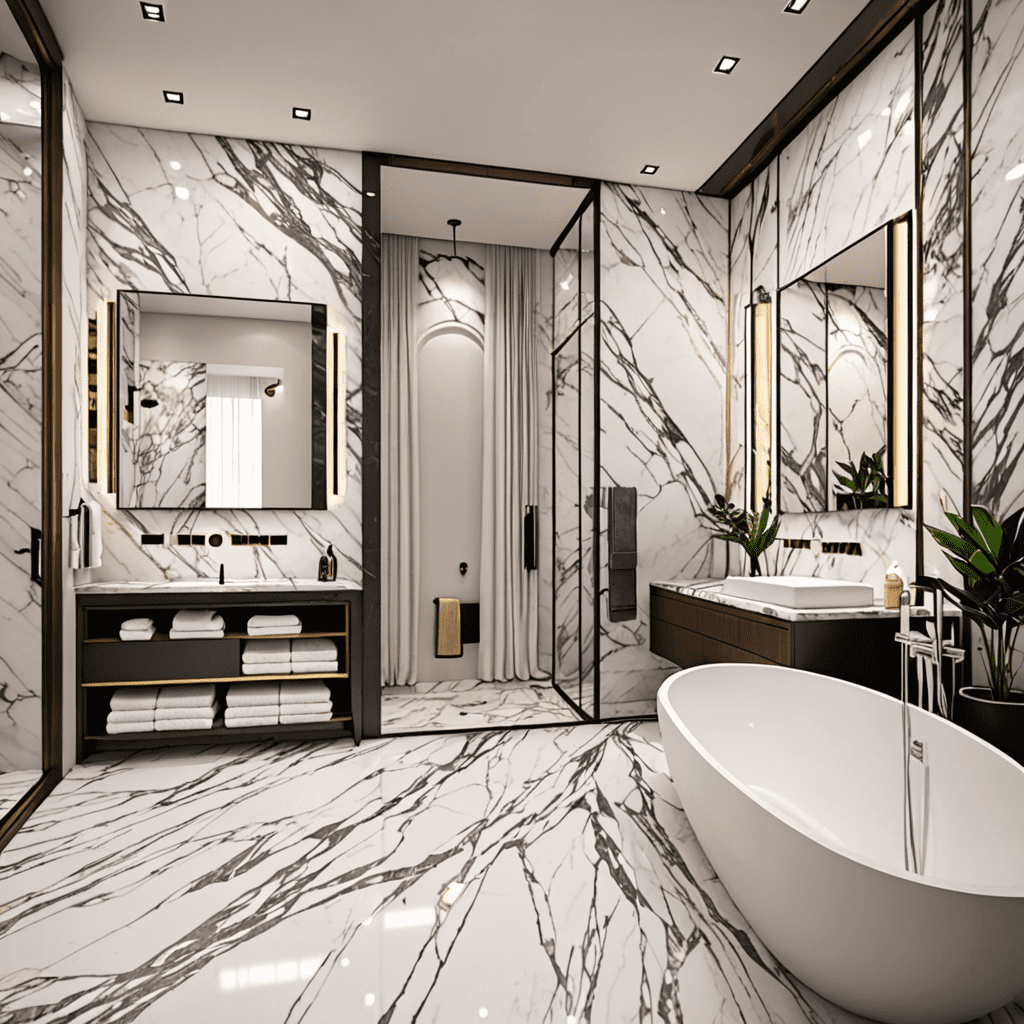Uncover Fascinating Interior Design Insights for Your Home Transformation
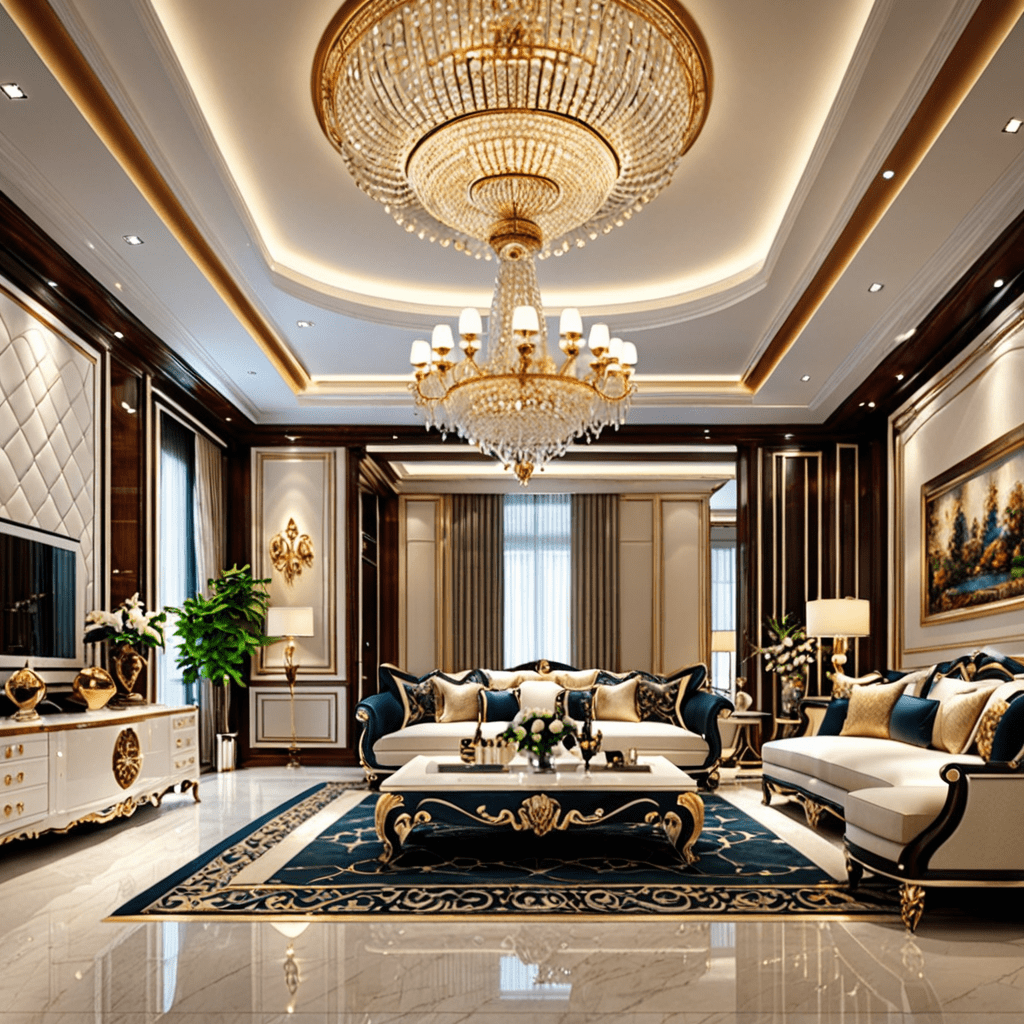

Uncover Fascinating Interior Design Insights for Your Home Transformation
Are you looking to transform your home into a space that reflects your personal style and enhances your everyday living? Interior design plays a crucial role in creating a harmonious and functional environment. With these insightful interior design facts, you’ll gain a deeper understanding of the principles and elements that shape beautiful interiors.
1. The Power of Color
Color has the ability to evoke emotions, set the mood, and create visual interest. Understanding color psychology can help you select the right hues for each room. For instance, warm tones like red and orange encourage energy and passion, while cooler colors like blue and green promote tranquility and relaxation.
2. Balance and Symmetry
Balance and symmetry are fundamental principles in interior design. Achieving a sense of equilibrium can be done through strategic arrangement of furniture, lighting, and accessories. Symmetrical layouts create a formal and orderly atmosphere, while asymmetry can add a touch of modernity and visual intrigue.
3. The Impact of Lighting
Lighting plays a vital role in creating ambiance and enhancing the functionality of a space. Natural lighting brings a sense of warmth and openness, while artificial lighting can be used to highlight specific areas or create a cozy atmosphere. Layering different types of lighting, such as ambient, task, and accent lighting, can transform a room’s overall look and feel.
4. Texture and Dimension
Texture adds depth and dimension to a room, allowing you to create a rich and inviting environment. Incorporate different textures through a variety of materials, such as smooth fabrics, rough textures, and shiny surfaces. This blend of tactile elements adds visual interest and makes a space more visually appealing.
5. Furniture Layout and Flow
Proper furniture placement is essential for optimizing functionality and flow within a space. Consider the size of the room, the purpose of the space, and the traffic flow when arranging furniture. Ensure that there is ample space for movement while maintaining a cohesive and visually appealing layout.
Frequently Asked Questions (FAQ)
Q: How can I make a small space appear larger?
A: To make a small space appear larger, utilize light and neutral colors on the walls and furniture. Mirrors can also create an illusion of space by reflecting light and creating depth. Additionally, incorporating multifunctional furniture and avoiding clutter can help maximize the available space.
Q: How do I choose the right window treatments for my space?
A: When choosing window treatments, consider both the functionality and aesthetic appeal. Determine whether you need privacy, light control, or both. Explore various options such as curtains, blinds, shades, or shutters, and select materials and patterns that complement the overall design style of the room.
Q: What are some budget-friendly ways to update my home’s interior?
A: Updating your home’s interior doesn’t have to break the bank. Some budget-friendly options include repainting walls, rearranging furniture for a fresh layout, adding new accessories or artwork, and incorporating plants for a touch of nature. You can also consider DIY projects or upcycling existing items to give them a new purpose.
Q: Why is it important to consider functionality in interior design?
A: Functionality is a key aspect of interior design as it directly impacts how well a space serves its intended purpose. A well-designed space not only looks visually appealing but also enhances everyday living. Considering functionality ensures that furniture, layout, and overall design choices support the needs and activities of those using the space.

